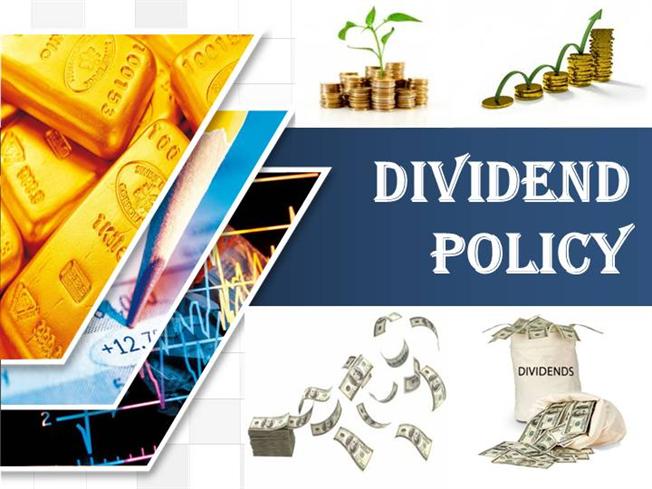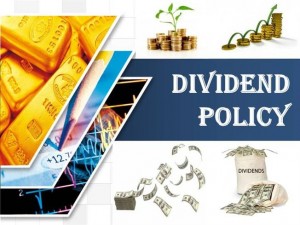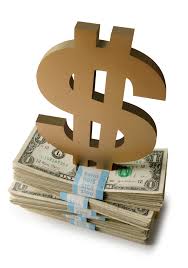Dividend theories are broadly classified into two groups
1.Theories of relevance
2.Theories of irrelevance
Theories of relevance : Walter and Gordon models hold that the dividend policy of a firm has a direct effect on the position of the firm in the stock exchange. Because higher dividend increases the value of shares, whereas low dividend decreases its value in the market, as dividend actually presents information relating to the profit earning capacity or profitability
Walter’s Model :
Prof. James E. Walter argues that dividend policy is an active variable that influence share price and also value of the firm.
- Both dividend policy investment policy are inseparable business decisions.
- To determine dividend policy Walter holds the relationship between firm IRR (r) and cost of capital (k)
- If IRR > k, the firm should retain the earnings, if IRR<k it should distribute the earnings,, so that the share holder can make higher return by investing elsewhere.
- Where firm has ample investment opportunities promising higher return than cost of capital, it should retain earnings, such a firm is called growth firm. optimum dividend policy for that firm is no dividend distribution.
- If a firm lacks in such investment, it should distributed its earnings cent-percent distribution of earnings constitutes the optimum dividend policy.
Market price per share (p) = [D + (r /K) (E-D) ] / k
D= dividend per share r=rate of return. k= cost of capital , E= earnings per share.
Gordon’s Model:
Myron J.Gorden arguing the relevance of dividend decision to valuation of the firm.
Assumptions:
- Firm is equity firm, no external finance is used & investment programmed are financed exclusively by retained earnings.
- IRR and appropriate discount rate for the firm are constant.
- Firm has perpetual life and its stream of earnings are perpetual.
- Corporate tax does not exist.
- Retention ratio once decided upon is constant. Growth rate also constant.
Cost of capital is greater than growth rate.Gordon explains that investor always prefer dividend as current income to dividend to be obtained in futures because they are rational and would Be non-chant to take risk. The payment of current dividend completely removes any possibility of risk. They would lay less emphasis on future dividends as compared to the current dividend. This is why when a firm retains its earnings, its share value receives set back. Investor preference for current dividend exists even in situation where r=K.
Theories of Irrelevance:
- Modigliani and miller hold that dividend policy has no effects on the share price of a firm and is therefore of no consequence.
- Investor are indifferent between current cash dividend and future capital gains.
- They are interested in getting higher return on their investment
- If the firm has adequate investment opportunities giving a higher rate of return than cost of retained earnings, the investor will be satisfied with firm of retaining earnings.
- If expected return on projects is less than what it would cost, the investor would prefer to receive dividend. So dividend decisions is nothing but financing decision.
If the firm has profitable investment opportunities, it will retain the earnings for investment purposes or if not, the said earnings should be distributed by way of dividend among the investor/ shareholder.
Click here for government certification in Accounting, Banking & Finance





7 Comments. Leave new
Nicely explained!!
short and sweet summery on dividend policy
I love the wy you write the article 😀
GOod work 😀
Well written.. The theories have been explained very nicely.. Understandable and simple 🙂
Well articulated.
Well articulated
awesome article. Probable helpful for me